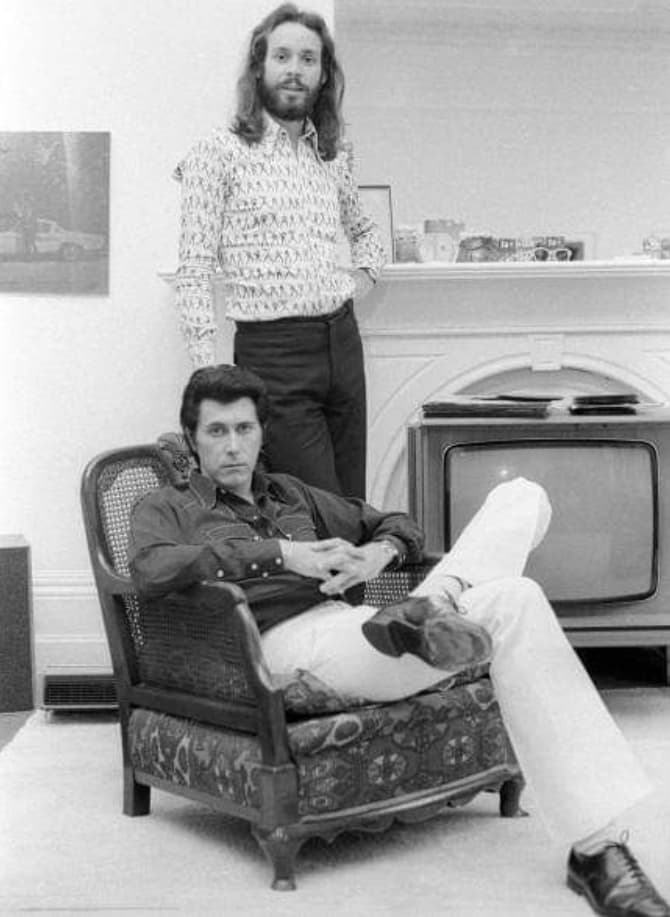
A Quiet Longing: More Than This by Roxy Music
When More Than This plays, it’s as if time outside stills — a quiet, soulful echo of yearning for something just beyond reach.
In March/April 1982, Roxy Music released More Than This as the lead single from their final studio album, Avalon. Despite being their swan song era, the single enjoyed significant success, climbing to number 6 on the UK Singles Chart. It remained on the UK chart for about eight weeks, a testament to its slow-burning resonance.
For older listeners who remember the golden thread of the early ’80s, More Than This might feel like a soft confession, sung in a dimly lit lounge somewhere far off in memory. The song was born in a deeply reflective period: Bryan Ferry, the chief songwriter and voice of Roxy Music, has shared that he composed much of Avalon while staying on the western coast of Ireland — a place of grey skies, sea spray, and a haunting melancholy that bleeds into the music.
What’s striking about More Than This is its structure. Ferry’s vocals carry the first two minutes and forty-five seconds, but then he steps away — and for the last one minute and forty-five seconds, the song drifts into an instrumental synthesizer outro, with no singing, just swirling textures that feel like the sea itself breathing. That decision feels deliberate and honest: as if words can only bring you so far, and after that, you’re left with feeling — the kind of emotion that can’t be fully explained, only experienced.
Lyrically, the song is a gentle meditation on longing and uncertainty. The narrator reflects on the passing seasons, on leaves falling “in the night,” and wonders at where his path is taking him. There is almost a resigned acceptance: life may be moving in ways he doesn’t quite control, and love may not promise more than this moment — and yet, he can’t help but think there must be something beyond. Lines like “More than this, you know there’s nothing / More than this, tell me one thing” linger like a prayer, or a question posed to the sky.
That bittersweet, graceful tension — between what is and what might have been — is perhaps why More Than This remains one of Roxy Music’s most beloved songs. It speaks softly of regrets, of hope, of the quiet ache that lives in memory. Over the years, it has become more than just a single; it is a quiet anthem for those late-night thoughts, for the soul-stirring, unspoken parts of our hearts.
Beyond its initial release, the song’s legacy continued to grow. It was later covered by 10,000 Maniacs in 1997, their version reaching #25 on the Billboard Hot 100, a record that outperformed Roxy Music’s own U.S. chart presence for the song. And in 1999, British singer Emmie released her dance-pop take, which climbed to #5 on the UK Singles Chart. These covers testify to the song’s timeless appeal — even when reimagined, its heart remains intact.
There is also a quietly poetic visual dimension to the original record: the single’s cover art is “Veronica Veronese”, an 1872 painting by Dante Gabriel Rossetti, featuring model Alexa Wilding. The painting’s mood — dreamlike, wistful, filled with longing — mirrors the emotional landscape of the song itself, adding another layer of romantic, artful nostalgia.
Emotionally, More Than This is more than just a heartbreak ballad: it’s a meditation on impermanence, on the wistful spaces between moments — when you look back and realize how much you felt, and how much remains unspoken. For those who lived through that era, or for anyone who now hears it through time’s lens, the song feels like a gentle companion in the quiet hours.